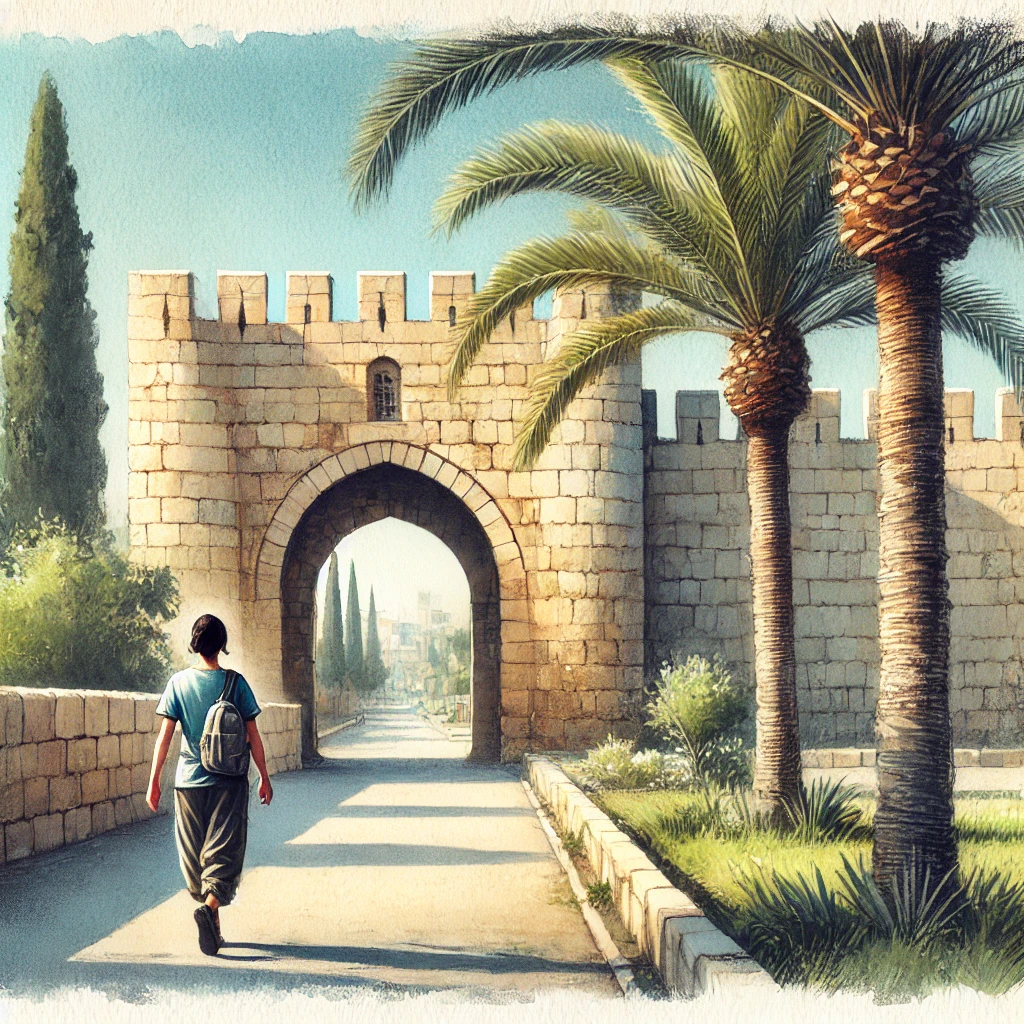ChatGPT:
Lagos, a coastal town in the Algarve region of southern Portugal, is known for its rich history, stunning beaches, and vibrant culture. Its origins and development trace back thousands of years, reflecting a blend of influences from different civilizations.
Origins and Early History
• Prehistoric Era: The area around Lagos has been inhabited since the Neolithic period. Archeological findings suggest the presence of early settlers who left behind megalithic structures.
• Phoenician and Carthaginian Influence: Around the 8th century BCE, Lagos became a trading hub for the Phoenicians and later the Carthaginians, who recognized its strategic location along the Atlantic trade routes.
• Roman Period: During the Roman Empire, Lagos (known as Lacobriga) was a significant settlement. It served as a port and developed its fishing and agricultural industries. The Romans built roads, baths, and other infrastructure, traces of which remain today.
Medieval History
• Moorish Rule: From the 8th to the 13th century, Lagos was under Moorish control, known as Zawaia. The Moors fortified the city, introduced advanced irrigation systems, and promoted trade and cultural exchange. This era left a lasting influence on local architecture and place names.
• Christian Reconquest: In 1249, Lagos was reconquered by King Afonso III during the Christian Reconquista. It became part of the Kingdom of Portugal, and its strategic importance grew due to its proximity to North Africa.
The Age of Exploration
Lagos played a crucial role during the Portuguese Age of Exploration in the 15th and 16th centuries:
• Prince Henry the Navigator: The town became a base for Prince Henry the Navigator’s expeditions. Lagos was a departure point for explorers venturing to Africa, such as Gil Eanes, who first rounded Cape Bojador.
• Slave Trade: Lagos was a major hub for the early Atlantic slave trade. In 1444, the first slave market in Europe was established in Lagos (Mercado de Escravos), a dark chapter in its history.
• Naval Development: The town became a shipbuilding center and hosted fleets exploring new trade routes.
Modern History
• Decline and Recovery: Lagos suffered economic and strategic decline after the capital moved from Lagos to Lisbon and after the earthquake of 1755, which caused significant damage.
• 19th Century: Fishing and maritime trade remained important industries. The town slowly modernized with improved infrastructure.
• 20th Century: Lagos transformed into a popular tourist destination due to its natural beauty, cultural heritage, and excellent climate. The fishing industry coexisted with growing tourism.
Present-Day Lagos
Today, Lagos is a thriving town known for its:
• Beaches and Cliffs: Iconic coastal landmarks like Praia Dona Ana, Ponta da Piedade, and Praia do Camilo attract visitors worldwide.
• Historic Sites: The town boasts well-preserved fortifications, the Igreja de Santo António, and the restored slave market museum, which reflect its layered history.
• Vibrant Culture: Lagos has a lively old town filled with cobblestone streets, local markets, and a dynamic culinary scene featuring fresh seafood and traditional Portuguese dishes.
• Tourism Economy: The local economy now heavily relies on tourism, offering water sports, historical tours, and festivals.
Lagos is a unique blend of history, natural beauty, and modern vibrancy, making it one of Portugal’s most beloved destinations.
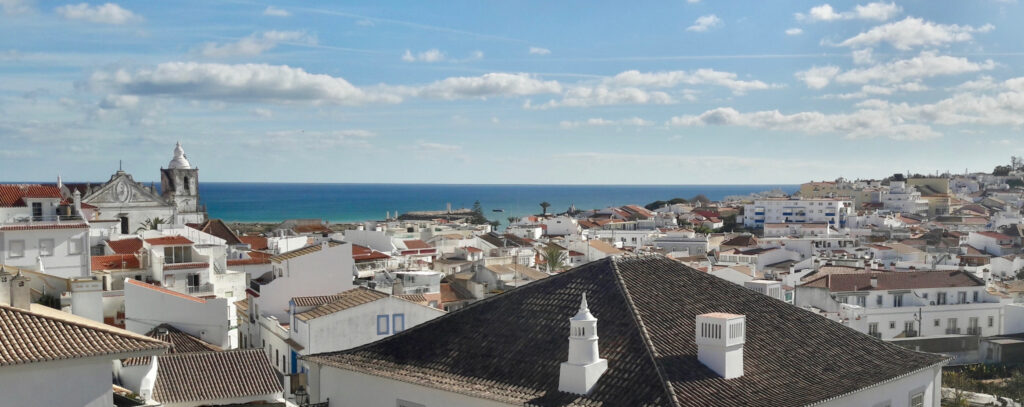
Geological Overview
• Location and Setting: Lagos is situated in the Algarve region, which lies along the southern edge of the Iberian Peninsula, bordering the Atlantic Ocean. The area forms part of the South Portuguese Zone of the Iberian Variscan Belt, a complex geological region shaped by tectonic processes during the Paleozoic era.
Key Geological Features
1. Limestone Cliffs
• The iconic limestone cliffs at Ponta da Piedade and Praia Dona Ana are some of Lagos’ most distinctive features. These cliffs were formed from sedimentary deposits during the Miocene epoch (about 23 to 5 million years ago).
• The porous nature of limestone makes it susceptible to chemical weathering and erosion, leading to the creation of sea caves, arches, and stacks.
2. Marine Erosion
• The cliffs and rock formations along Lagos’ coastline are heavily influenced by marine erosion. Over thousands of years, the relentless action of waves and tides has sculpted features like grottos, blowholes, and natural bridges.
3. Karst Topography
• The limestone-rich geology of Lagos has resulted in karst features, including sinkholes, underground caves, and fissures, which add to the area’s geological complexity.
4. Sedimentary Layers
• The Algarve’s sedimentary history is evident in the layers of sandstone and marl found in the region. These layers were deposited during the Mesozoic era, when the area was covered by shallow seas.
5. Faults and Tectonic Activity
• Lagos lies near the boundary of the Eurasian and African tectonic plates. The region’s geological past includes significant faulting and folding, which have influenced the landscape.
• This tectonic setting contributed to the 1755 Lisbon earthquake, which caused widespread damage in Lagos, altering its coastline and sediment deposition patterns.
6. Fossils
• The sedimentary rocks around Lagos often contain marine fossils, including shells and other invertebrates, reflecting its ancient marine environment during the Jurassic and Cretaceous periods.
Soil and Sediment
• The soils in Lagos are largely composed of sandy and loamy materials derived from weathered limestone and sandstone. These soils support the Mediterranean vegetation found in the region.
Coastal Geomorphology
1. Beaches and Sand Dunes
• Lagos’ beaches, such as Meia Praia, feature fine golden sands formed by the deposition of sediment transported by rivers and ocean currents.
• Coastal dunes in the area are stabilized by vegetation, which prevents erosion.
2. Sea Stacks
• The sea stacks near Lagos are remnants of eroded cliffs. These formations demonstrate the progression of coastal erosion, where arches collapse over time, leaving isolated columns of rock.
3. Submarine Topography
• Offshore, the seafloor around Lagos contains submerged cliffs, reefs, and sedimentary platforms, which are key habitats for marine biodiversity.
Geological Importance
• Tourism and Education: Lagos’ geological features, such as Ponta da Piedade, are a major draw for geotourism, offering opportunities to explore and understand coastal geomorphology and sedimentary processes.
• Geohazards: The region is vulnerable to geohazards like erosion, landslides, and seismic activity due to its coastal setting and proximity to tectonic plate boundaries.
Conclusion
Lagos’ unique geology, shaped by a combination of tectonic activity, marine erosion, and sedimentary processes, has created a striking and diverse landscape. Its cliffs, caves, and beaches not only define its natural beauty but also serve as a natural laboratory for understanding Earth’s geological history.
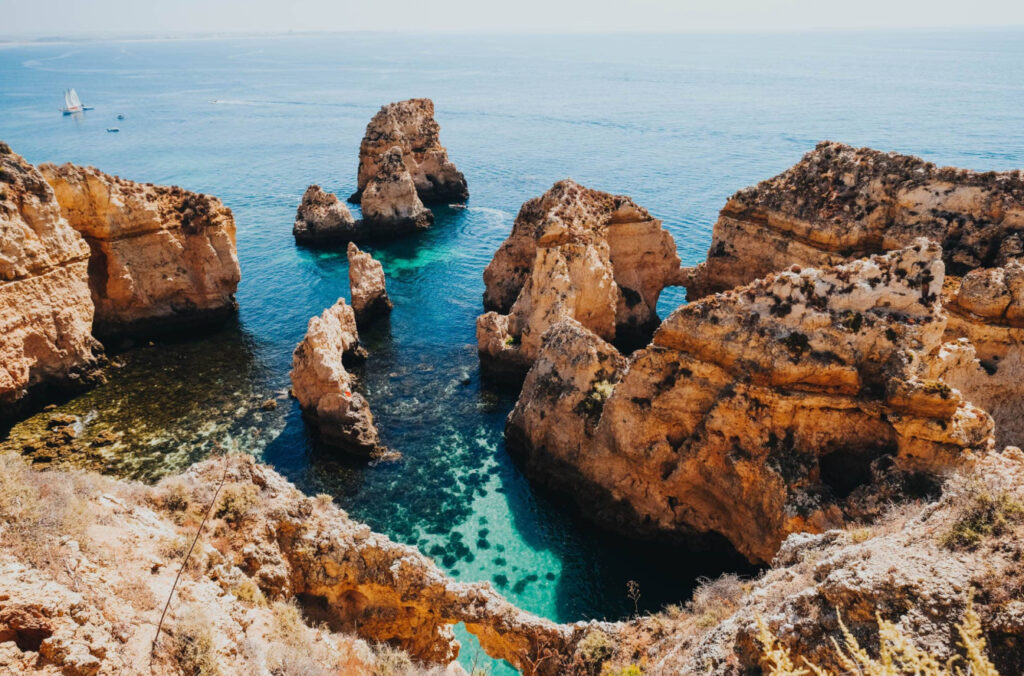
Here’s a list of must-visit sites in Lagos:
Historical Monuments
1. Forte da Ponta da Bandeira (Fortress of Ponta da Bandeira)
• A 17th-century fort located at the entrance of Lagos Harbor. It was built to defend the town against pirates and invaders. Visitors can explore its small chapel and museum.
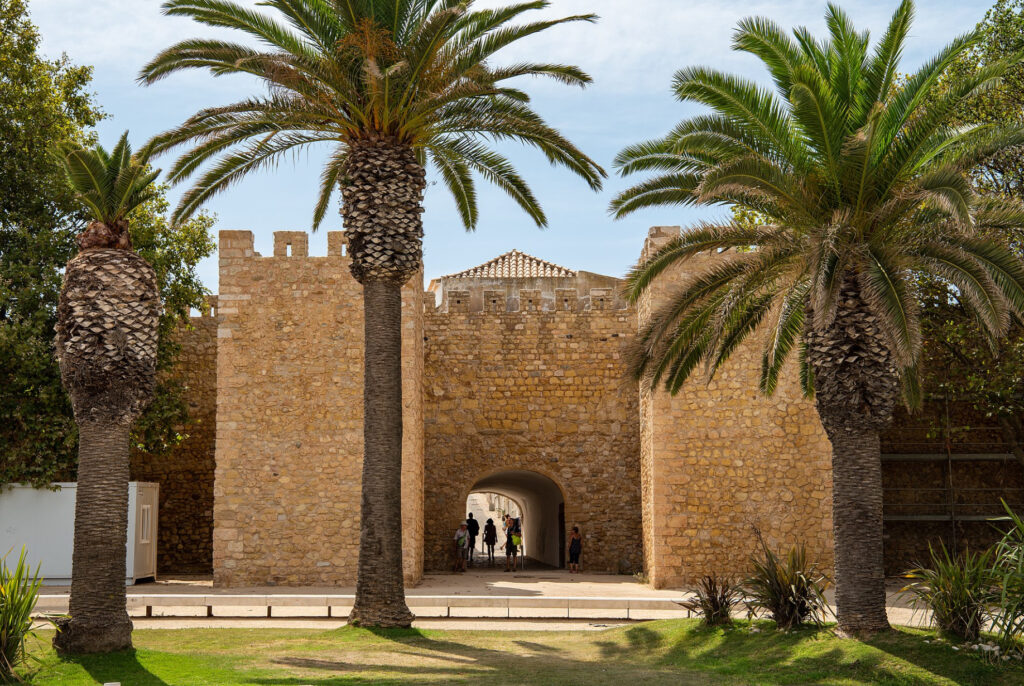
2. Mercado de Escravos (Slave Market Museum)
• This 15th-century building was Europe’s first slave market. Today, it houses a museum that provides insights into the transatlantic slave trade and its impact.
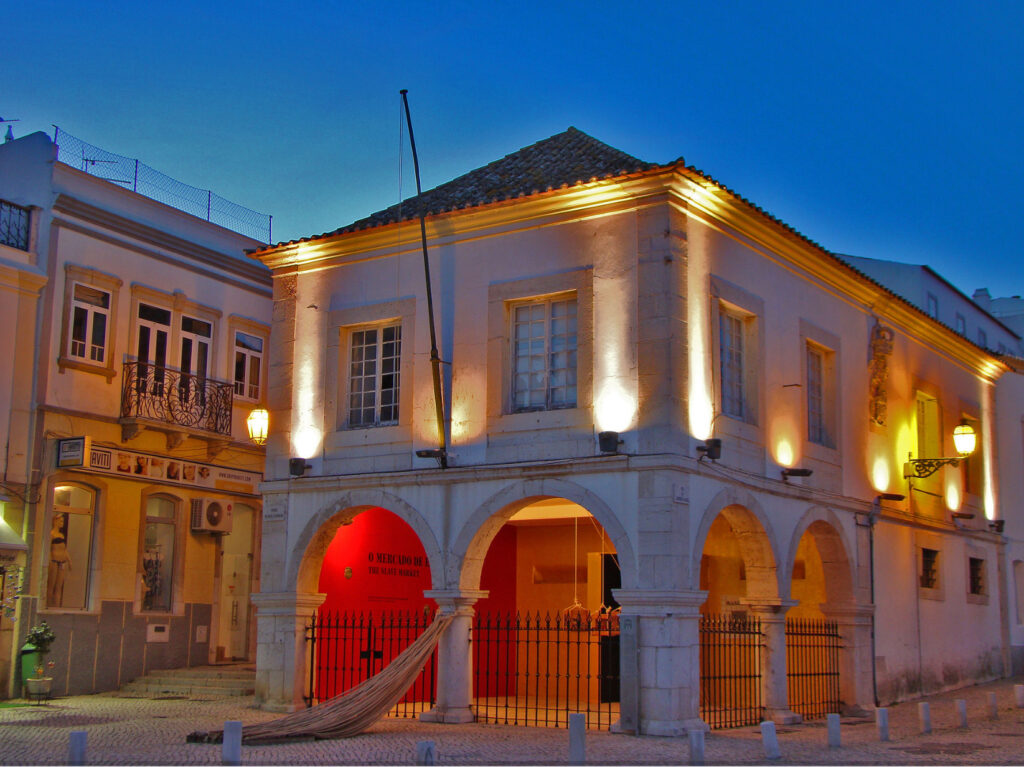
3. Igreja de Santo António (Church of Saint Anthony)
• Famous for its ornate interior with Baroque gold leaf carvings. The church is part of the Lagos Municipal Museum complex.
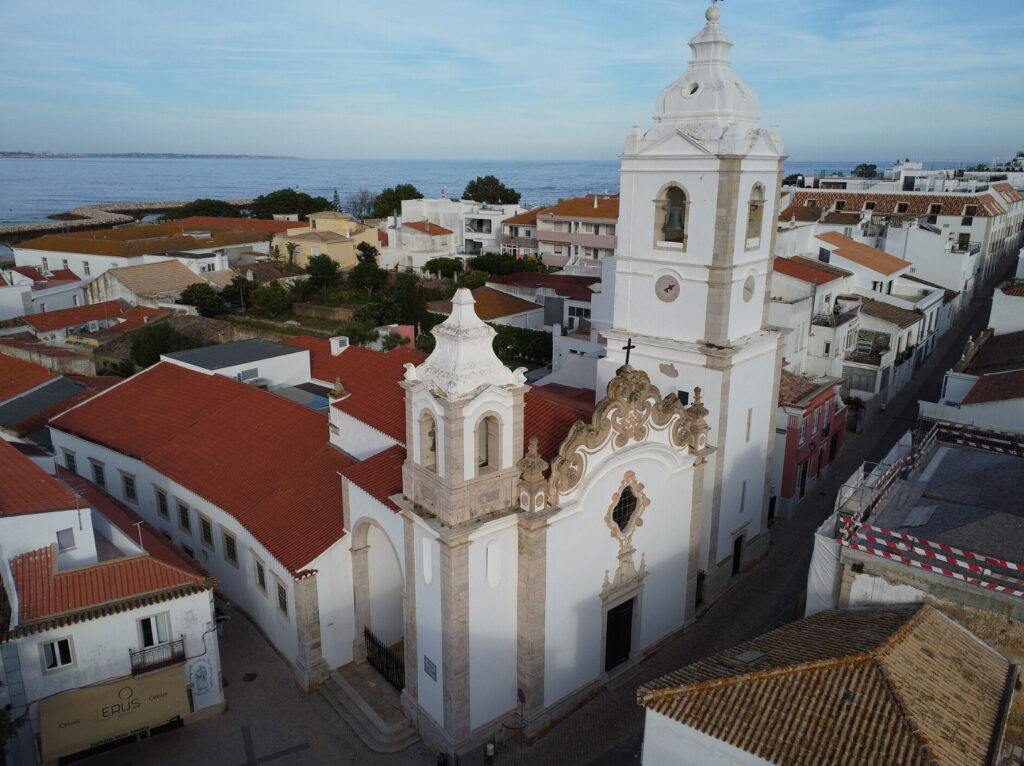
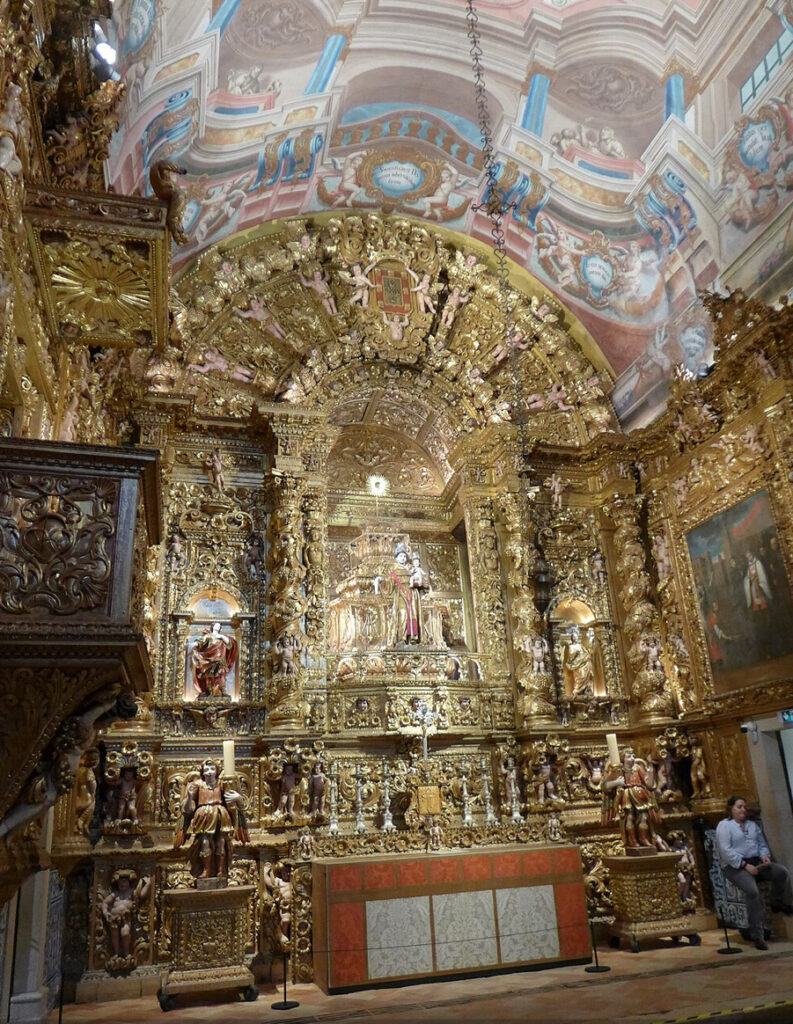
4. Igreja de Santa Maria (Church of Saint Mary)
• Located in Praça Infante Dom Henrique, this 15th-century church features a mix of architectural styles, including Baroque and Neoclassical elements.
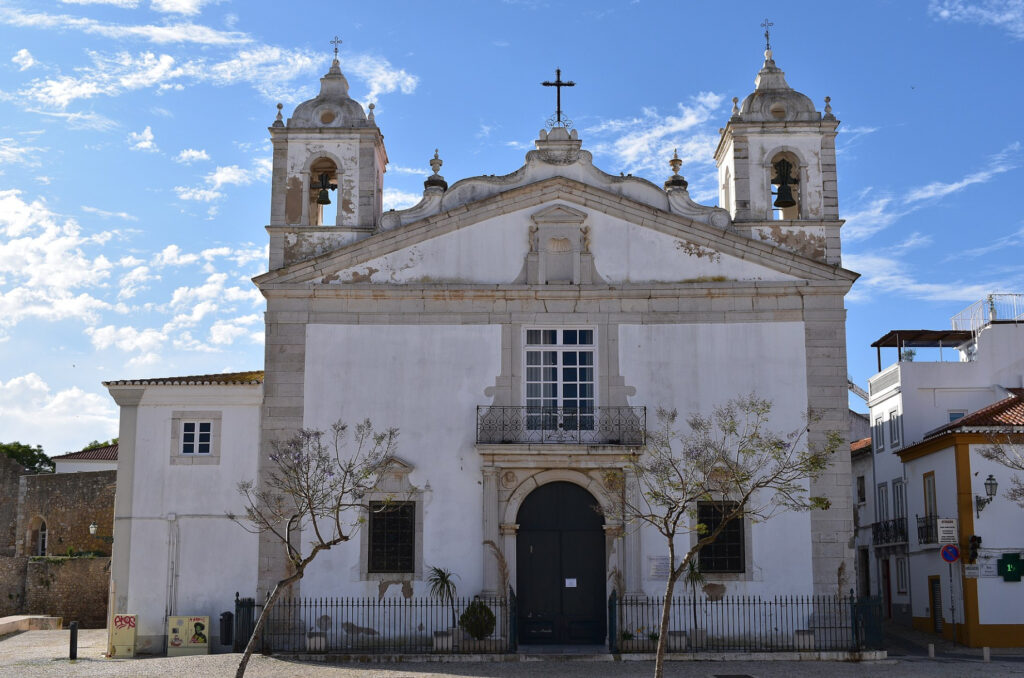
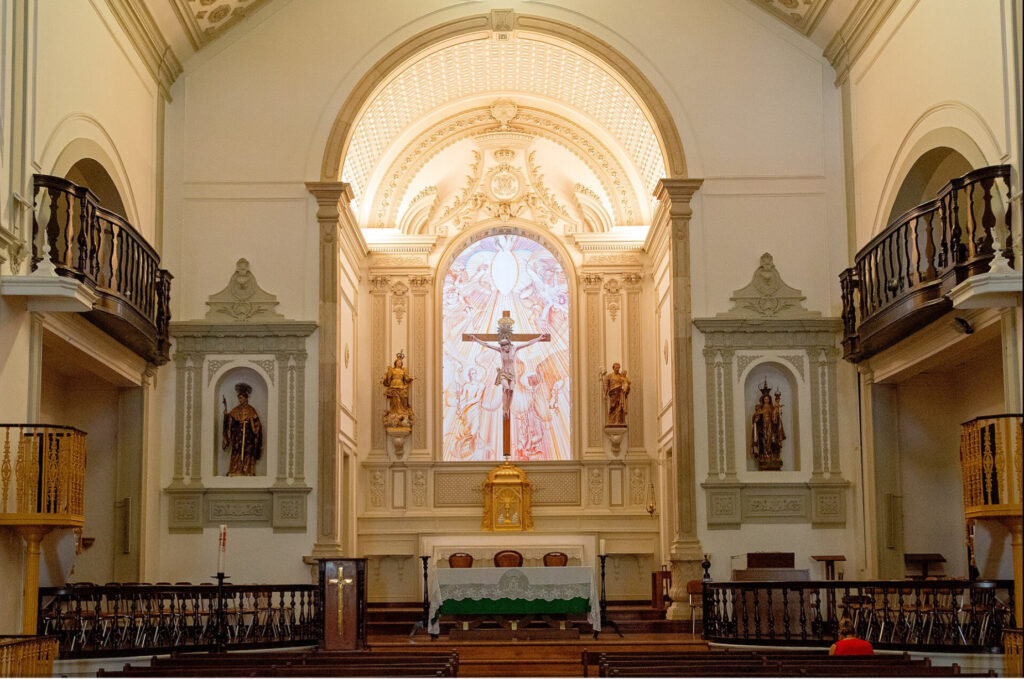
5. Lagos City Walls
• Originally built during the Roman period and expanded by the Moors and later by the Portuguese, these walls once protected the town and still surround much of the old city.
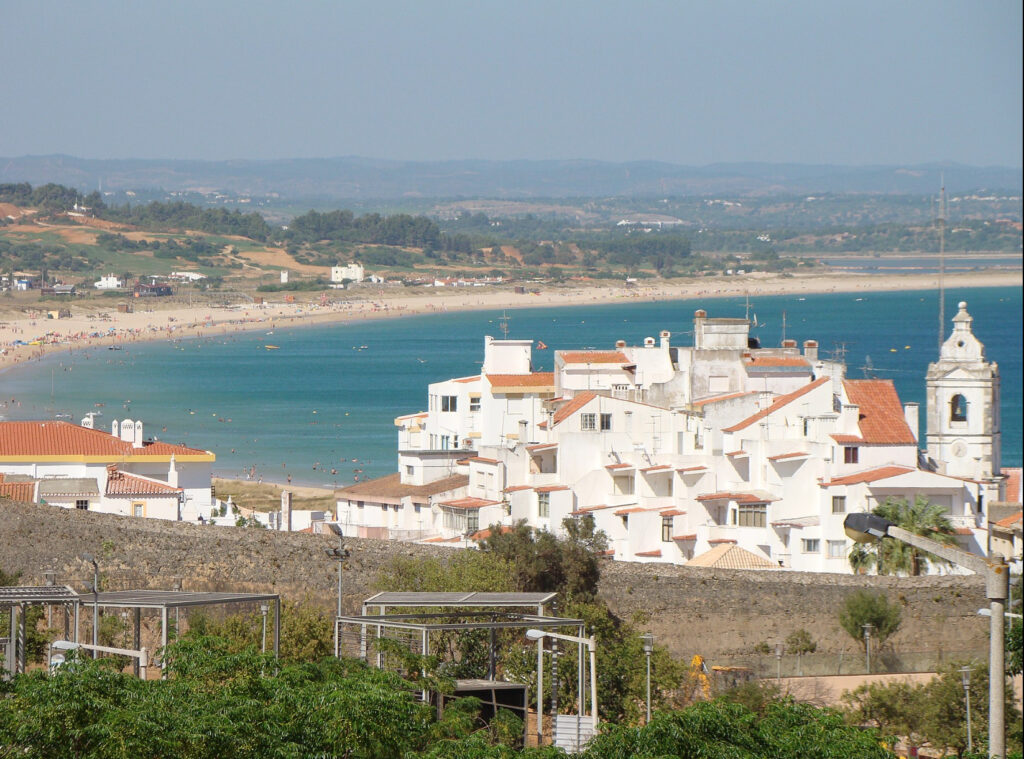
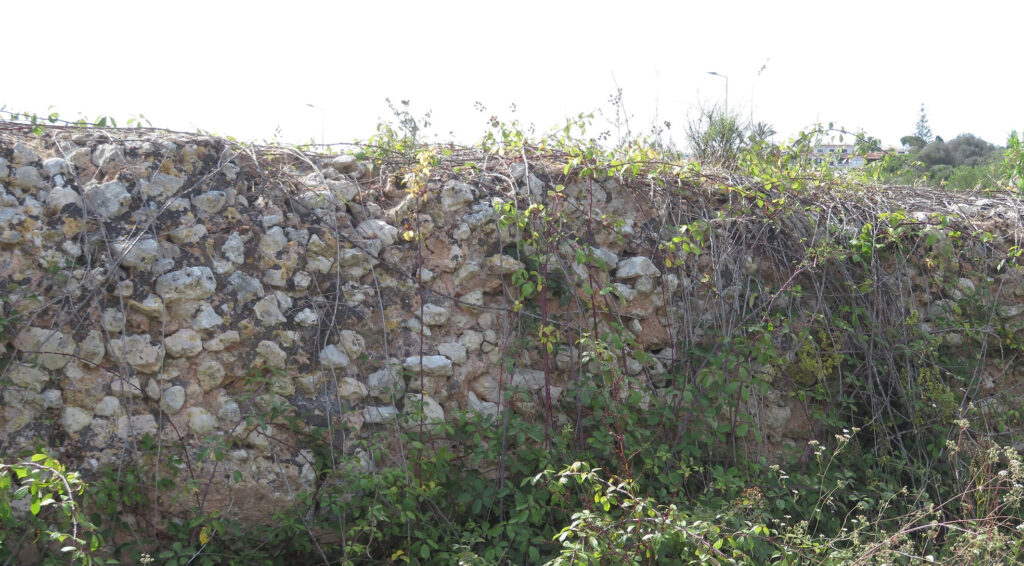
6. Castelo dos Governadores (Governor’s Castle)
• A historic fortress that served as the residence of Algarve governors. Its iconic Manueline-style windows are a highlight.
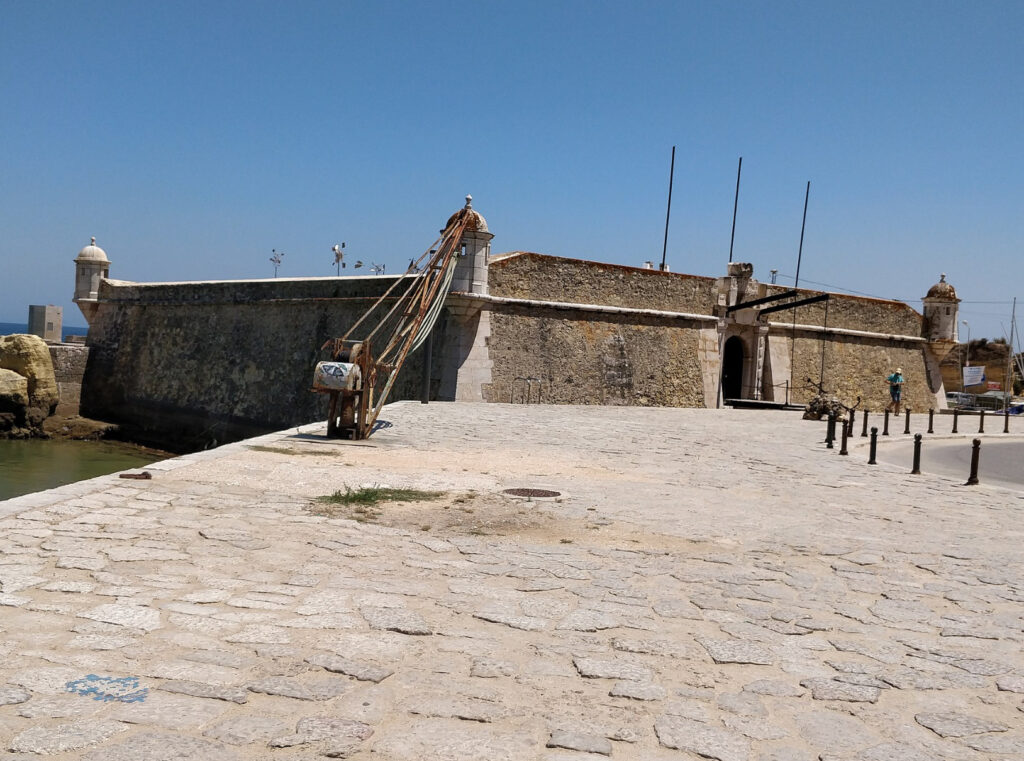
7. Ponta da Piedade Lighthouse
• Built in 1913, this lighthouse sits atop the cliffs of Ponta da Piedade and offers stunning views of the surrounding coastline.
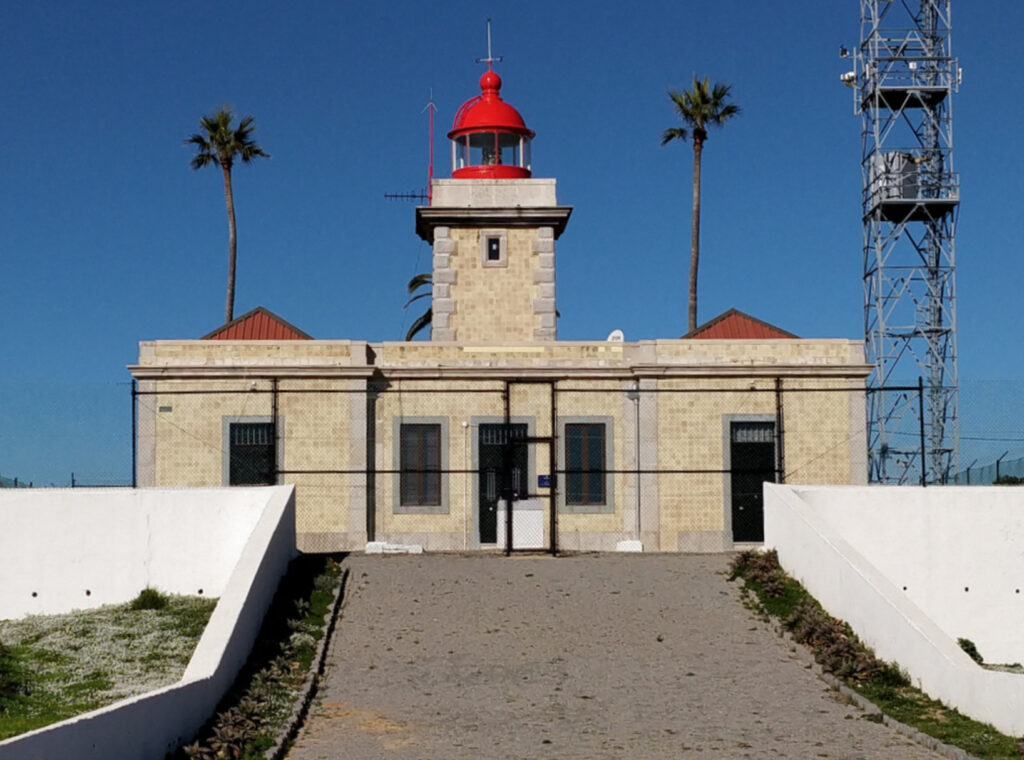
8. Museu Municipal Dr. José Formosinho
• A museum adjacent to the Igreja de Santo António, featuring archaeological artifacts, religious art, and exhibits on local history.
Tourist Attractions
9. Ponta da Piedade
• A dramatic cliff formation with caves, arches, and clear turquoise waters. Boat tours and hiking trails offer spectacular views.
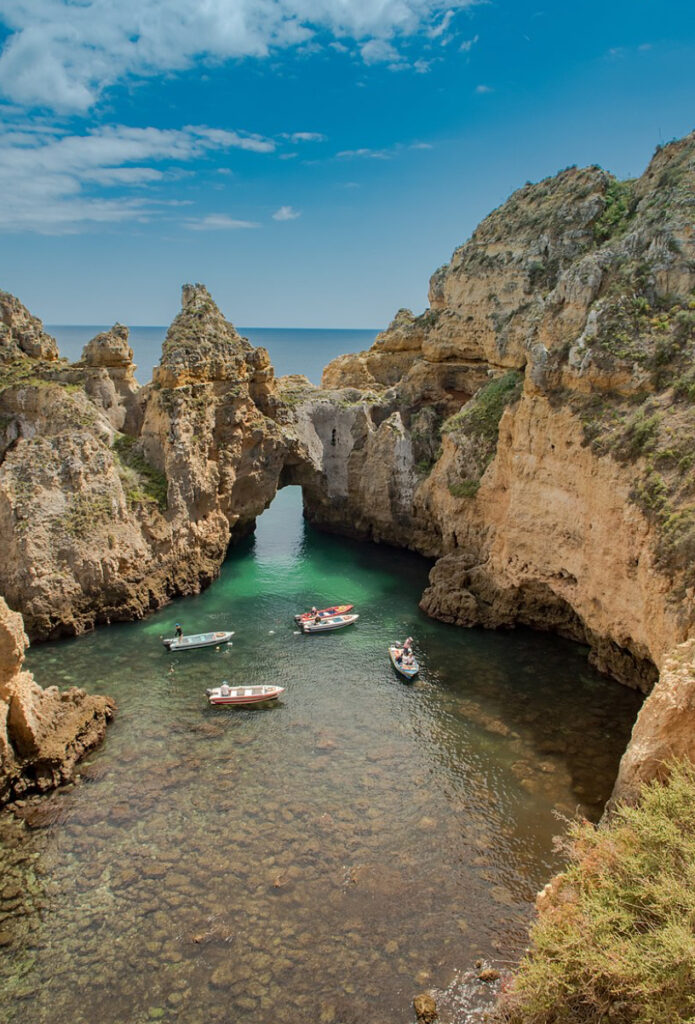
10. Praia Dona Ana
• One of the Algarve’s most iconic beaches, known for its golden cliffs and calm waters, ideal for swimming and sunbathing.
11. Praia do Camilo
• A picturesque beach accessible via a wooden staircase. Its small coves and crystal-clear waters make it a favorite among visitors.
12. Meia Praia
• A vast stretch of sandy beach perfect for water sports, sunbathing, and long walks.
13. Lagos Marina
• A modern marina with shops, restaurants, and opportunities for boat trips, including dolphin-watching tours and coastal cruises.
14. Praça Infante Dom Henrique
• The central square featuring a statue of Prince Henry the Navigator and surrounded by historic buildings.
15. Estátua de São Gonçalo
• A statue dedicated to São Gonçalo de Lagos, a local saint known for his miracles.
16. Almadena Menhir
• An ancient standing stone (menhir) near Lagos, dating back to the Neolithic period.
Natural Attractions
17. Grottos and Sea Caves
• Accessible via boat tours or kayaking, these caves, especially those around Ponta da Piedade, are a natural wonder.
18. Ria de Alvor Estuary
• A tranquil nature reserve ideal for birdwatching and exploring Algarve’s unique ecosystem.
19. Sagres and Cape St. Vincent (near Lagos)
• The southwesternmost point of Europe, offering breathtaking views and historical significance as a lookout for explorers.
Lagos combines history, culture, and natural beauty, offering a diverse range of attractions for all visitors.
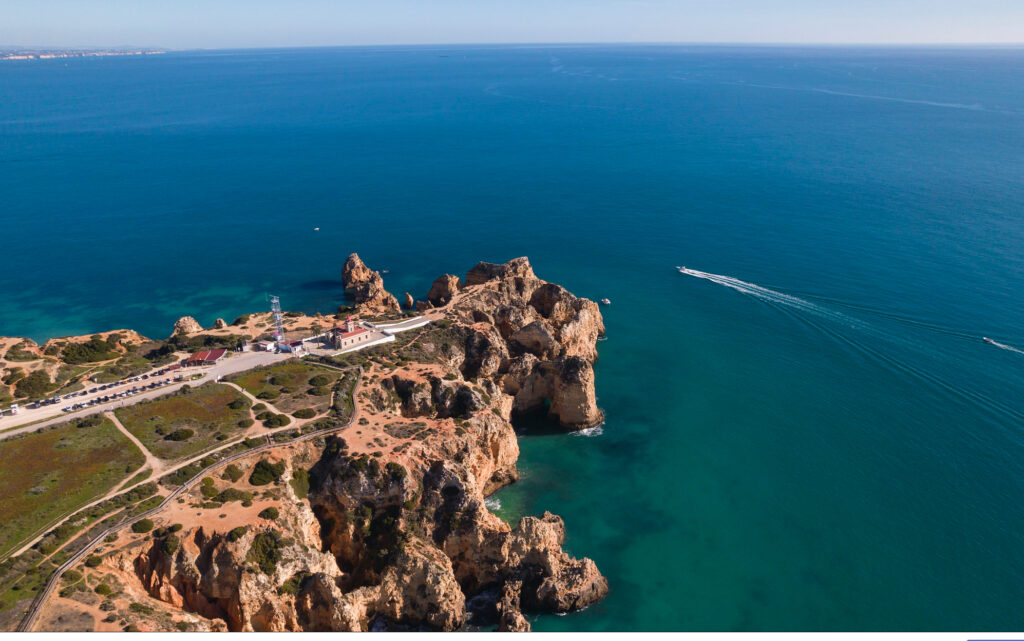
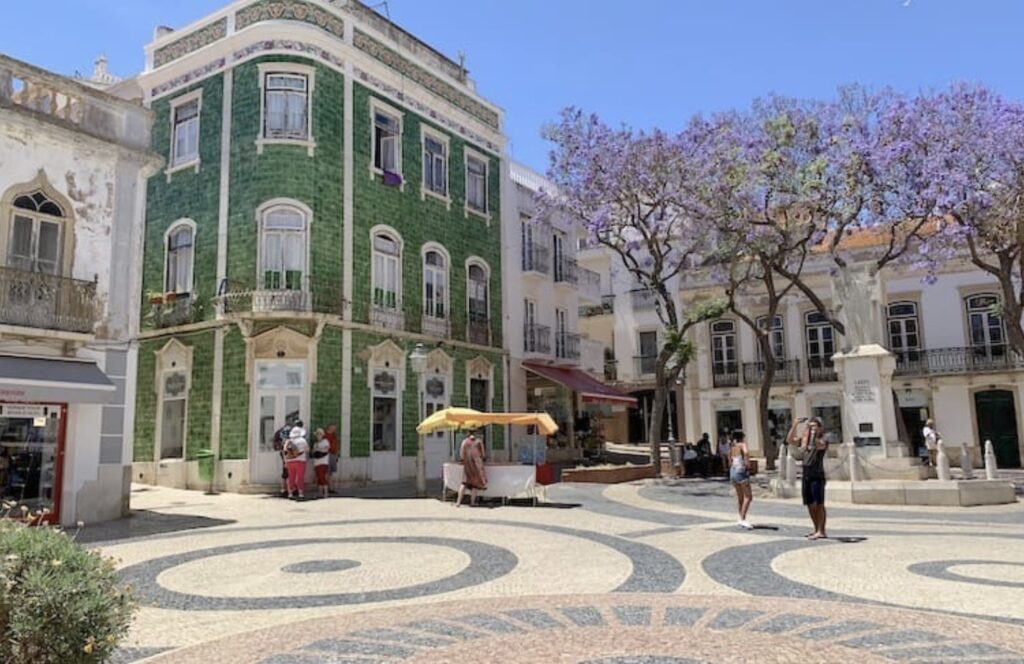
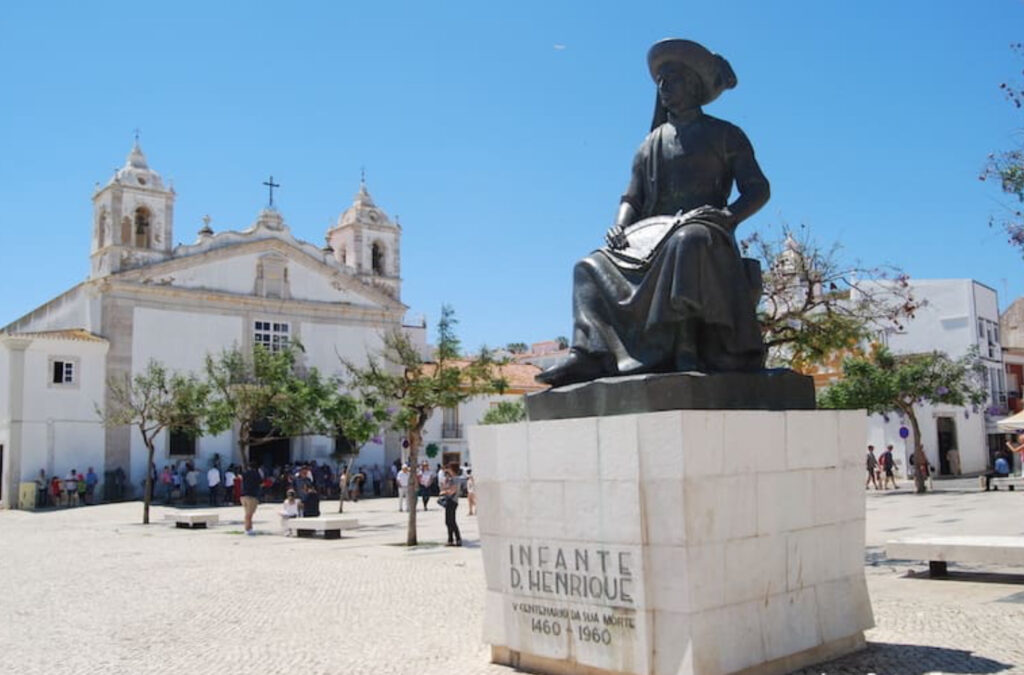

One-Day Itinerary for Visiting Lagos, Portugal
This itinerary combines history, stunning scenery, and the best of Lagos’ local cuisine for a memorable day.
Morning: History and Culture
1. 8:30 AM – Breakfast at a Local Café
• Start your day with a traditional Portuguese breakfast of pão com manteiga (bread with butter) or a tosta mista (ham and cheese toast) at a café in the old town. Pair it with a cup of bica (Portuguese espresso).
2. 9:30 AM – Explore the Old Town
• Wander through the charming cobblestone streets of Lagos’ old town, taking in its vibrant atmosphere and traditional architecture.
3. 10:00 AM – Visit the Mercado de Escravos
• Learn about Lagos’ pivotal yet dark role in the Age of Exploration at Europe’s first slave market, now a museum.
4. 11:00 AM – Igreja de Santo António and Museu Municipal
• Admire the opulent Baroque interior of this 18th-century church and explore the adjacent museum showcasing Lagos’ history.
5. 11:45 AM – Walk Along the Lagos City Walls
• Stroll along the ancient city walls and take in the views of the old town and nearby coast.
Midday: Scenic Views and Lunch
6. 12:30 PM – Ponta da Piedade
• Head to this iconic natural landmark, famous for its dramatic cliffs and sea caves. You can take a boat tour (approx. 1 hour) to explore the grottos up close or enjoy the scenic views from the walking trails.
7. 2:00 PM – Lunch at a Seafood Restaurant
• Dine at a local restaurant near the marina or beach, such as Casinha do Petisco or O Camilo. Sample Lagos’ specialties:
• Cataplana de Marisco: A traditional Algarve seafood stew cooked in a copper pot.
• Sardinhas Assadas: Grilled sardines served with bread or salad.
Afternoon: Beaches and Relaxation
8. 3:30 PM – Relax at Praia Dona Ana
• Spend time at this beautiful beach with golden cliffs and calm waters. You can swim, sunbathe, or simply enjoy the breathtaking scenery.
9. 4:30 PM – Visit Praia do Camilo
• Just a short walk away, this smaller beach is accessible by a wooden staircase. Its secluded coves are perfect for photos and quiet reflection.
Evening: Sunset and Local Delights
10. 5:30 PM – Sunset at Ponta da Piedade Lighthouse
• Return to Ponta da Piedade for a magical sunset. The golden light on the cliffs and sea is unforgettable.
11. 7:00 PM – Dinner in the Old Town
• Head back to the old town for dinner at a cozy tasca (Portuguese tavern). Try:
• Polvo à Lagareiro: Octopus baked with olive oil, garlic, and potatoes.
• Pair it with a glass of local Algarve wine or Medronho, a traditional fruit brandy.
12. 8:30 PM – Stroll the Marina
• End your day with a leisurely walk around the Lagos Marina, enjoying the lively evening ambiance. Treat yourself to a pastel de nata or gelato from a nearby dessert shop.
This itinerary offers a perfect balance of Lagos’ history, natural beauty, and culinary delights, making for an unforgettable one-day visit!
